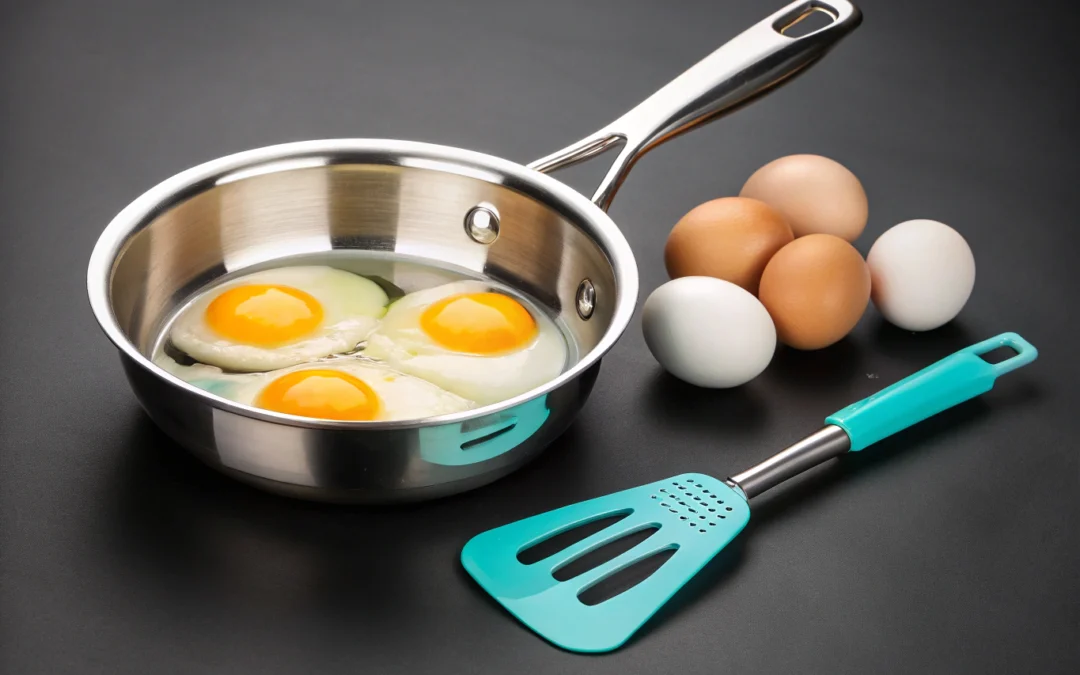Mastering the Art of Cooking Eggs in a Stainless Steel Pan
Cooking eggs in a stainless steel pan can be surprisingly straightforward once you understand the nuances of the technique. Many home cooks shy away from using stainless steel due to fears of sticking or uneven cooking, but with proper methods, you can achieve perfectly cooked eggs with a tender texture and minimal fuss. For a detailed guide on how to cook eggs in stainless steel pan, visit how to cook eggs in stainless steel pan.Preparing Your Pan for Cooking Eggs
The first step is ensuring your pan is correctly prepared. Stainless steel is excellent for heat distribution, but it requires a hot, well-oiled surface to prevent sticking. Start by heating the pan over medium heat for a few minutes. To test if it’s ready, sprinkle a few drops of water onto the surface—if they dance and evaporate quickly, the pan is at the right temperature. Once hot, add a generous amount of fat—such as butter or oil—and let it melt and spread evenly. The key here is to coat the entire surface thoroughly, which creates a barrier that helps prevent eggs from sticking and makes flipping or stirring easier.Cooking Eggs in a Stainless Steel Pan
When adding eggs, do so gently and close to the surface of the hot pan. For scrambled eggs, pour beaten eggs into the pan and stir continuously with a spatula. For fried eggs, crack them directly into the pan and cook until the whites are set and the yolks reach your preferred doneness. **Tip:** Patience is vital. Allow the eggs to set gradually rather than rushing the process with high heat. This slow approach helps in achieving tender, evenly cooked eggs without sticking or burning.Managing Temperature and Timing
Keeping the heat at medium or slightly lower ensures gentle cooking. If you notice the eggs starting to brown or stick excessively, reduce the heat. For fluffy scrambled eggs, remove the pan from the heat when eggs are just set, as residual heat will finish the cooking process.Cleaning and Maintenance
After cooking, clean your stainless steel pan properly to maintain its non-stick qualities. Avoid abrasive scrubbers that can scratch the surface. Instead, use hot water, a soft sponge, and a mild dish soap. For stubborn residues, a mixture of baking soda and water can be effective.Summary and Consumer Tips
– Always preheat your stainless steel pan sufficiently before adding eggs. – Use enough fat to create a non-stick barrier. – Cook eggs over medium or medium-low heat for even results. – Patience during cooking minimizes sticking and ensures tender eggs. – Proper cleaning preserves the pan’s performance over time. By understanding these techniques, cooking eggs in a stainless steel pan becomes a simple, reliable process. With just a bit of practice, you’ll be able to produce breakfast classics that are both evenly cooked and delightfully tender. For further insights and detailed tips, revisit the guide on how to cook eggs in stainless steel pan.Checkout ProductScope AI’s Studio (and get 200 free studio credits)

